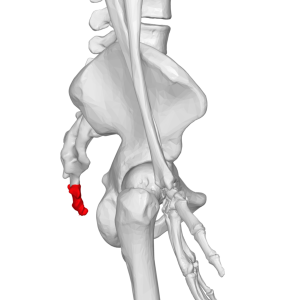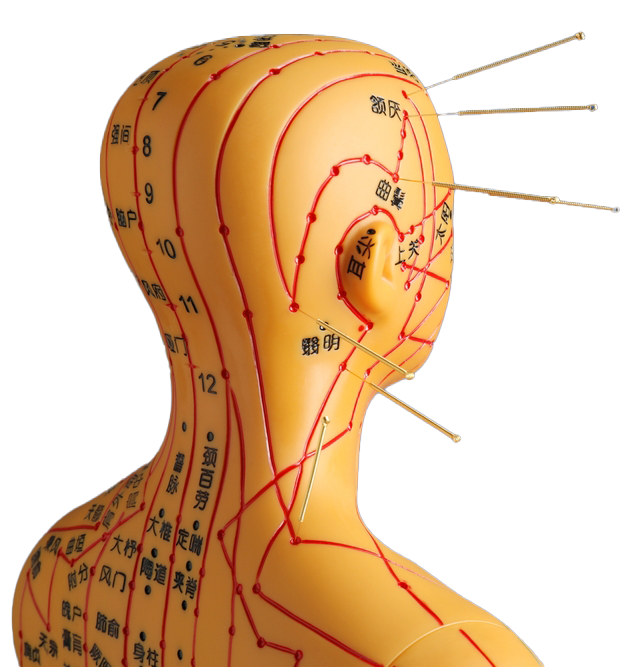- Facet joint Radiofrequency Thermocoagulation (RFT) Treatment
- Radiofrequency Thermocoagulation Dorsal root ganglion (DRG) radiofrequency thermocoagulation (RFT)
- Discitis Procedure
- Sacroiliac Joint Radiofrequency Treatment (Simplicity)
- In-Disc Ozone Therapy
- Nucleoplasty
- Transforaminal Injection (Pinpoint)
- Facet joint block
- Epidural Injection
Treatment of Coccyx Pain Denizli

What is Coccyx Pain? Why does the coccyx hurt?
The coccyx is a triangular structure consisting of 3 to 5 small vertebral bones located at the lowest part of the spine. It plays an important role in balancing body weight when sitting. However, pain felt in this area for various reasons can significantly reduce the quality of daily life.
Uzm. Dr Yasha Erim Gedik we discuss the causes, symptoms, diagnostic methods and effective treatment approaches of coccyx pain in detail for you.
Contents
- What is the Coccyx?
- What is Coccyx Pain?
- Why does the coccyx hurt?
- What are the Symptoms of Coccyx Pain?
- How is Coccyx Pain Diagnosed?
- How to Treat Coccyx Pain?
- What is Good for Coccyx Pain?
- What are the complications that trigger coccyx pain?
- What are the Prevention Methods from Coccyx Pain?
- Things to Consider in Coccyx Pain
- Frequently Asked Questions
What is the Coccyx?
The coccyx, medically known as coccyxis the last part of the spine and is usually formed by the fusion of 3 to 5 small vertebrae. This structure, located just above the buttocks, is the junction of muscle and connective tissues. It helps to maintain balance during sitting and plays a role in supporting the pelvic floor muscles.
What is Coccyx Pain?
Medicine coccidine Coccyx pain, also called coccyx pain, occurs when this bone or the surrounding connective tissues are damaged by trauma, inflammation or pressure. It is known as a type of pain that intensifies while sitting and increases especially after prolonged sitting.
Why does the coccyx hurt?
The most common causes of coccyx pain are the following:
- Trauma caused by a fall
- Prolonged sitting on hard surfaces
- Joint changes during pregnancy and after childbirth
- Obesity or extreme thinness
- Fracture or displacement of the coccyx
- Ingrown hair, abscess, infection
- Prolonged cycling or heavy exercise
- Rare tumour or cancer formation
What are the Symptoms of Coccyx Pain?
Pain in the coccyx is usually manifested by the following symptoms:
- Pain that intensifies when sitting or getting up
- Swelling or redness of the coccyx
- Signs of abscess formation or inflammation
- Pain during bowel movements
- Pain after sexual intercourse
- Tenderness or burning in the coccyx area
How is Coccyx Pain Diagnosed?
Correct diagnosis is the first step to effective treatment. The main methods used in the diagnostic process are as follows:
- Physical examination: Localisation and intensity of pain are evaluated.
- X-ray: It is used to detect fractures, slips or degenerative changes.
- MRI (Magnetic Resonance): It is preferred for detailed visualisation of soft tissues.
- CT (Computed Tomography): It is valuable for complex fractures or structural disorders.
- Local anaesthetic test: It is understood whether the source of pain is the coccyx or another structure.
- Blood tests It is requested if infection is suspected.
- Differential diagnosis: Possibilities such as ingrown hair, tumour, sacroiliac joint dysfunction are excluded.
How to Treat Coccyx Pain?
The treatment method is determined by the underlying cause. Common treatment methods:
- Medication Anti-inflammatory drugs and painkillers
- Physiotherapy Exercises to strengthen and relax the muscles
- Manual therapy / massage
- Use of seat cushions (donut cushions)
- Hot applications / warm baths
- Nerve block and injection therapy
- Acupuncture and TENS device applications
Surgical Intervention:
In rare cases, especially in patients who do not respond to other treatments, surgical removal of the coccyx (coccyxectomy) may be necessary.
What is Good for Coccyx Pain?
- Special seat cushions (with perforated centre)
- Relaxing the area with a hot water bag
- Limiting sitting time, changing position frequently
- Light yoga and stretching exercises
- Drink plenty of water and prevent constipation
- Avoiding tight clothing
What are the complications that trigger coccyx pain?
- Chronic constipation
- Sedentary lifestyle
- Postnatal connective tissue laxity
- Long hours at the computer
- Unsuitable sitting positions
What are the Prevention Methods from Coccyx Pain?
- Using the right techniques when doing sports
- Choosing ergonomic chairs
- Avoiding excessive weight gain
- Not sitting on a hard surface for a long time
- Exercise with a physiotherapist if necessary
Things to Consider in Coccyx Pain
- If the pain lasts longer than 2 weeks, specialist support should be sought.
- In cases such as fever, swelling, inflammation, emergency intervention may be required.
- If the pain progresses despite home treatment, further examination should be performed.
- Routine sitting habits should be reorganised.
Frequently Asked Questions
Does coccyx pain go away on its own?
Some mild cases may resolve within a few weeks. However, there is a risk of chronicity, expert opinion should be sought.
How to sit with coccyx pain?
Pressure should be reduced by using donut type cushions and sitting time should be limited.
In which cases is surgery required?
In severe and chronic pain, surgery may be required when all other treatments are inadequate.
Uzm. Dr Yasha Erim Gedik We recommend a comprehensive evaluation and personalised treatment plan to improve the quality of life of individuals with coccyx pain. It is possible to prevent these pains with early diagnosis and correct approaches.

